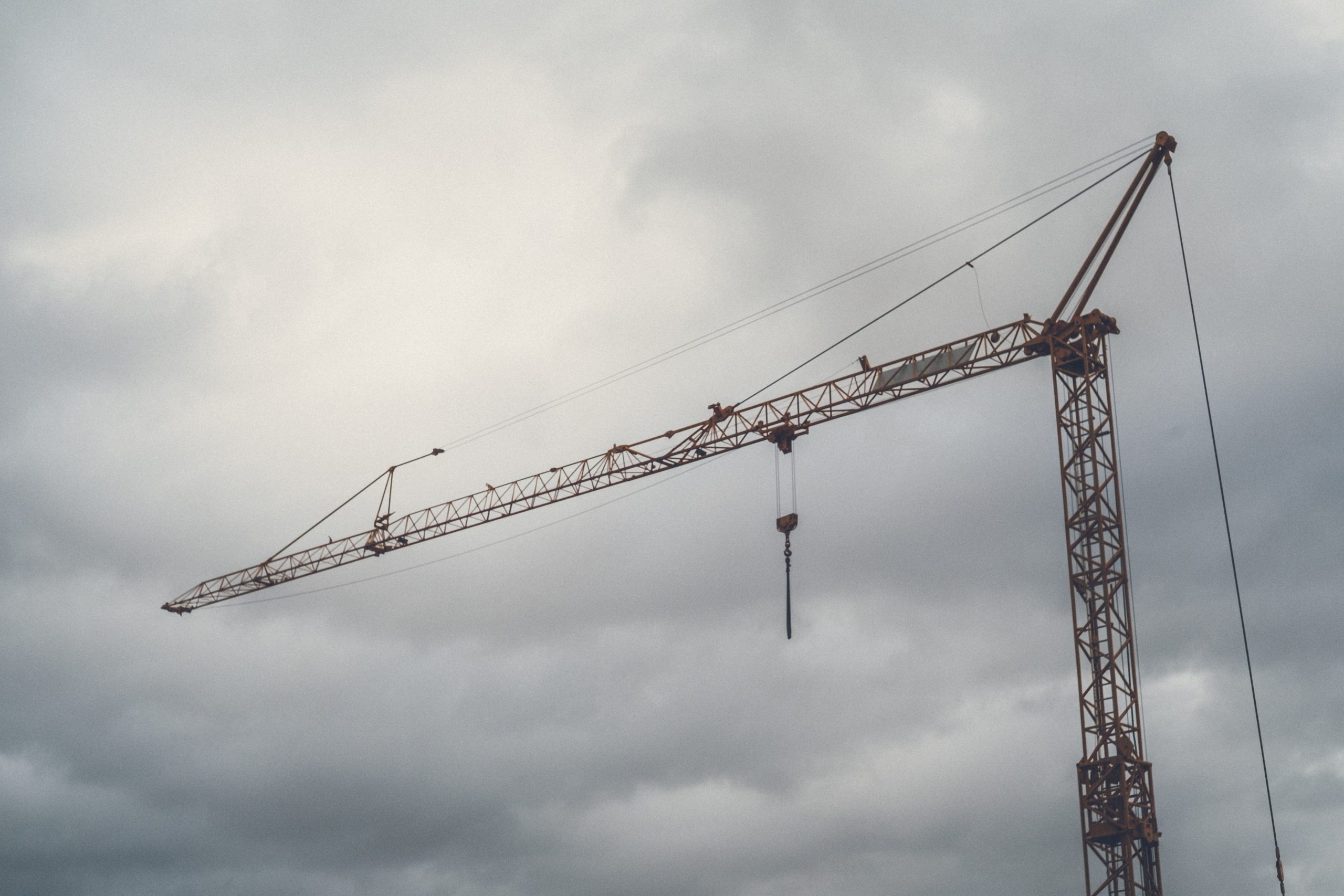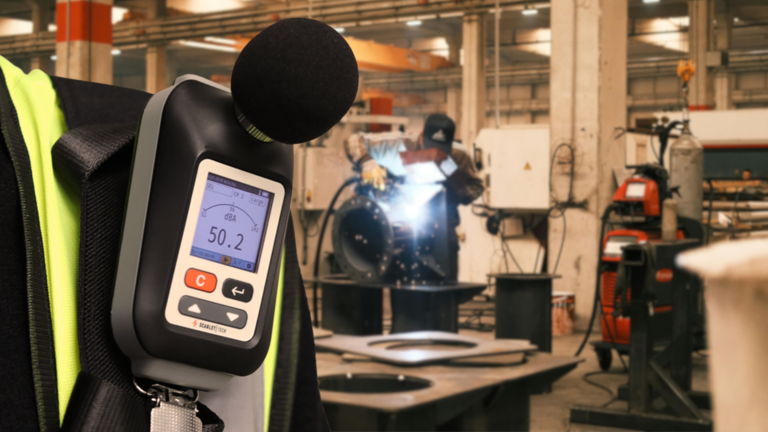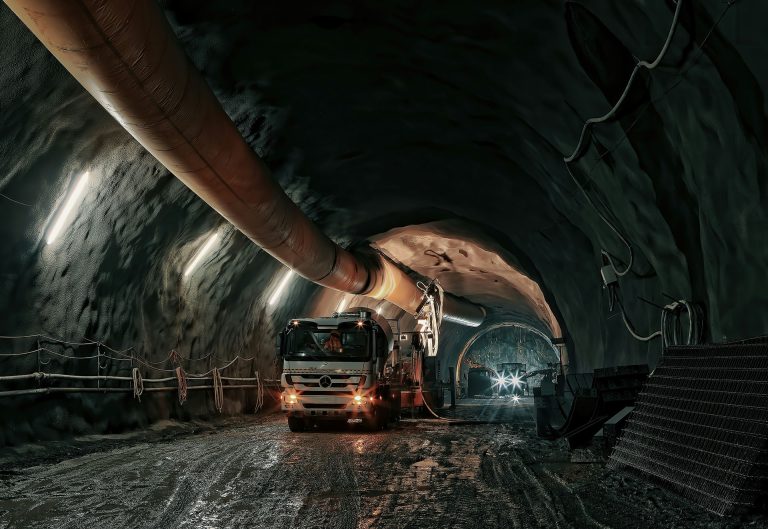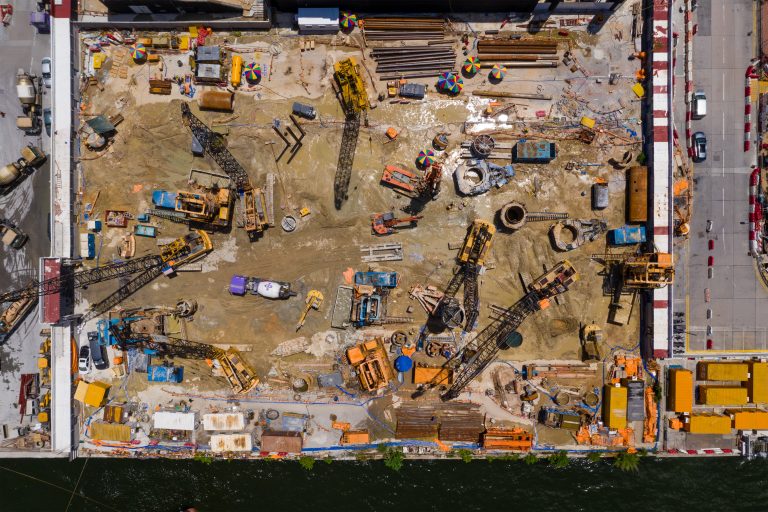Wind is the most unpredictable external load on a crane and can overload booms or cause uncontrolled load swing when gusts exceed 22 mph. Although manufacturers publish derating charts and shutdown guidelines, on-site crews rely on real-time readings from boom-tip ultrasonic or wireless anemometers, which trigger alarms before gusts reach critical levels.
The Dangers of Operating Cranes in Windy Conditions
Wind pressure increases with the square of velocity—doubling wind speed quadruples the side load on the boom and counterweights. Even below shutdown thresholds, strong side winds reduce capacity, twists the superstructure and risks derailment.
Load Swing
Wind striking a suspended load acts like a sail, causing off-line swing, increasing lift radius and momentarily overloading capacity charts.
Structural Fatigue
Continuous oscillations from wind-induced motion stress pins, bolts and the mast, accelerating fatigue in components designed with minimal lateral-force allowance.
Sudden Gusts
Gusts amplified by nearby structures or terrain account for about 23% of crane accidents worldwide. A gust that doubles wind speed can quadruple pressure in seconds, triggering uncontrolled swings or tip-overs.
Devices That Enhance Crane Safety in Heavy Winds
Effective wind mitigation relies on a combination of real-time monitoring and structural controls. Operators pair boom-tip anemometers with mechanical safeguards, such as rail clamps, wind wedges, and tie-downs, to detect dangerous gusts and lock the crane in place before forces exceed capacity. Temporary barriers can further reduce local wind effects, but none replace the crane’s rated limits. Together, these devices form a layered defense that preserves stability, prevents uncontrolled swings, and minimizes downtime.
Anemometers
Installed at the boom tip, anemometers deliver real-time wind-speed readings and sound alarms at preset limits.
- Wireless, weatherproof, and explosion-proof models eliminate cable routing and withstand dust, rain, and hazardous environments.
- Satisfies OSHA’s requirement for visible or audible wind indicators on outdoor gantry and tower cranes.
Rail Clamps
Spring-set, fail-safe clamps grip both sides of the rail to lock gantry cranes in place, even during power loss.
- Complies with OSHA’s outdoor storage-bridge regulations.
- Prevents derailment and runway sliding when microbursts strike.
Anchoring Systems & Tie-Downs
Storm pins, chains, or heavy slings secure inactive cranes to ground anchors.
- Interlocking pins drop into leg sockets, blocking movement until manually released.
- Reduces wind-damage claims and downtime at port terminals.
Iron Shoes and Wheel Brakes
Wind wedges convert rolling motion into high friction to halt cranes immediately.
- Available in manual and powered versions, backed by disc or drum storm brakes for routine stopping.
- Enables faster deployment than rail clamps when gusts intensify suddenly.
Wind Barriers and Shields
Temporary screens calm airflow around the work zone on exposed sites.
- Must be firmly braced to prevent the barrier from becoming a hazard.
- Supplement—but do not replace—adherence to manufacturer wind limits and anemometer warnings.
Understanding How Wind Impacts Crane Stability

Wind’s Impact on Crane Operation
Wind exerts pressure on both the crane and its suspended load—an effect known as wind load. Because pressure increases with the square of velocity, doubling wind speed quadruples the applied force. These forces can bend booms, twist tower masts, and induce uncontrolled load swings. Accordingly, most standards require halting lifts when sustained or gusting winds exceed approximately 22 mph, unless a qualified professional authorizes continuation.
Factors That Worsen Wind Risk
- Height: Wind speed typically rises with elevation; a hook at 80 m may encounter significantly stronger gusts than ground‐level instruments report.
- Load Shape: Large or sail-shaped loads magnify side forces, increasing the likelihood of boom side-loading or crane upset.
- Gusts & Direction Shifts: Sudden changes in speed or direction introduce shock loads. Crews often reference the Beaufort scale—where Scale 5 already exceeds many mobile‐crane limits—to determine when to suspend operations.
Wind Speed Thresholds and Safety Regulations
Industry Standards and Manufacturers’ Guidelines
Regulations defer to the crane maker’s manual for shutdown limits. OSHA’s construction rules and marine-terminal standard §1917.45 require each crane to halt at or below its published wind-speed limit, with those limits posted in the cab. ANSI/ASME B30.5 and BS 7121 similarly assign responsibility to manufacturers and site planners, while OSHA 1926.1431 mandates that a qualified person assess operations when winds reach 20 mph during personnel lifts.
Typical Wind-Speed Thresholds
- Mobile Cranes: ~22 mph (9.8 m/s)
- Crawler Cranes: ~31 mph (14 m/s)
- Tower Cranes (out of service): ~45 mph (20 m/s)
In-service limits may be lower for large or sail-shaped loads. Always confirm the specific values in the crane’s load chart and adjust for boom length, gustiness, and load geometry.



